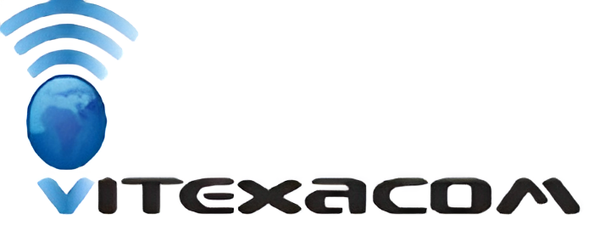
PTT Radios vs. Traditional Radios
Share
PTT Radios vs. Traditional Radios: Which is the Better Option for Business Communications? Introduction: In the world of business communication, radios have played a crucial role for decades. For years, traditional two-way radios were the only option available for businesses and organizations. However, with the advancement of technology, push-to-talk (PTT) radios have emerged as an alternative option. In this blog post, we'll compare and contrast PTT radios and traditional radios, and help you decide which one is the better option for your business communications needs. PTT Radios PTT radios (Push-to-Talk radios) are a newer type of radio that have become increasingly popular for business communications. PTT radios work by using a button to activate communication, rather than the traditional method of using a dial or channel selector. PTT radios offer instant communication, better coverage, and several other advantages over traditional radios. Advantages of PTT Radios: 1. Instant Communication: PTT radios provide instant communication, which means that users can communicate with each other instantly. This is especially useful in industries like security, where quick communication can be critical. 2. Better Coverage: PTT radios have better coverage and can connect even in areas where traditional radios cannot. This is because PTT radios use cellular networks and data networks for communication. 3. Multiple Users: PTT radios can be used simultaneously by multiple users, whereas traditional radios can only be used by one user at a time. 4. Features: PTT radios come with a wide range of features such as GPS tracking, text messaging, and group calling. Traditional Radios Traditional two-way radios have been used in businesses for years. These radios have been the standard for communication in many industries because of their reliability and simplicity. Advantages of Traditional Radios: 1. No Network Connection Required: Traditional radios do not require a network connection to communicate. This makes them useful in remote areas where network connectivity is limited or non-existent. 2. Battery Life: Traditional radios have a longer battery life compared to PTT radios. 3. Affordable: Traditional radios are less expensive than PTT radios. Disadvantages of Traditional Radios: 1. Limited Range: Traditional radios have a limited range which can be problematic in larger areas. 2. Slow Connection: Traditional radios take longer to connect compared to PTT radios. 3. Single Channel: Traditional radios have single channels, which means that only one user can communicate at a time. Conclusion: Both PTT radios and traditional radios have their own advantages and disadvantages. Ultimately, the choice between the two depends on an organization's communication needs. For businesses that need instant communication and better coverage, PTT radios are a better option. On the other hand, traditional radios are ideal for businesses that need communication in remote areas where network connectivity is limited.
